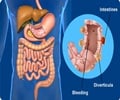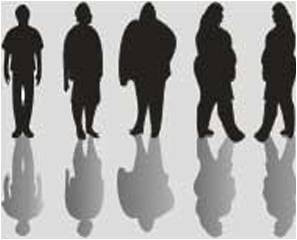Obesity can influence fatty liver disease in children due to increase in liver enzyme like ALT , finds a new study.

Nonalcoholic fatty liver disease occurs when too much fat accumulates in the liver and triggers inflammation, causing liver damage. The condition affects an estimated 80 million people in the U.S. and is the most common chronic liver condition in children and adolescents. While the disease is generally symptomless, progression of nonalcoholic fatty liver disease can lead to cirrhosis (scarring) of the liver and, in some instances, liver cancer.
Previous studies have focused on fatty liver disease in adolescents and young adults. In the current study, Woo Baidal and colleagues looked for fatty liver risk factors in younger children.
The researchers measured blood levels of a liver enzyme called ALT--elevated ALT is a marker for liver damage and can occur in individuals with nonalcoholic fatty liver disease and other conditions that affect the liver--in 635 children from Project Viva, an ongoing prospective study of women and children in Massachusetts.
By age 8, 23 percent of children in the study had elevated ALT levels. Children with a bigger waist circumference (a measure of abdominal obesity) at age 3 and those with greater gains in obesity measures between ages 3 and 8 were more likely to have elevated ALT. Approximately 35 percent of 8-year-olds with obesity had elevated ALT versus 20 percent of those with normal weight.
"Some clinicians measure ALT levels in at-risk children starting at around 10 years old, but our findings underscore the importance of acting earlier in a child's life to prevent excess weight gain and subsequent liver inflammation," says Woo Baidal, who is also director of pediatric weight management and a pediatric gastroenterologist in the Center for Adolescent Bariatric Surgery at NewYork-Presbyterian Morgan Stanley Children's Hospital. "Currently, the best way for kids and adults to combat fatty liver disease is to lose weight, by eating fewer processed foods and getting regular exercise. We urgently need better ways to screen, diagnose, prevent, and treat this disease starting in childhood."
Advertisement
Source-Eurekalert















